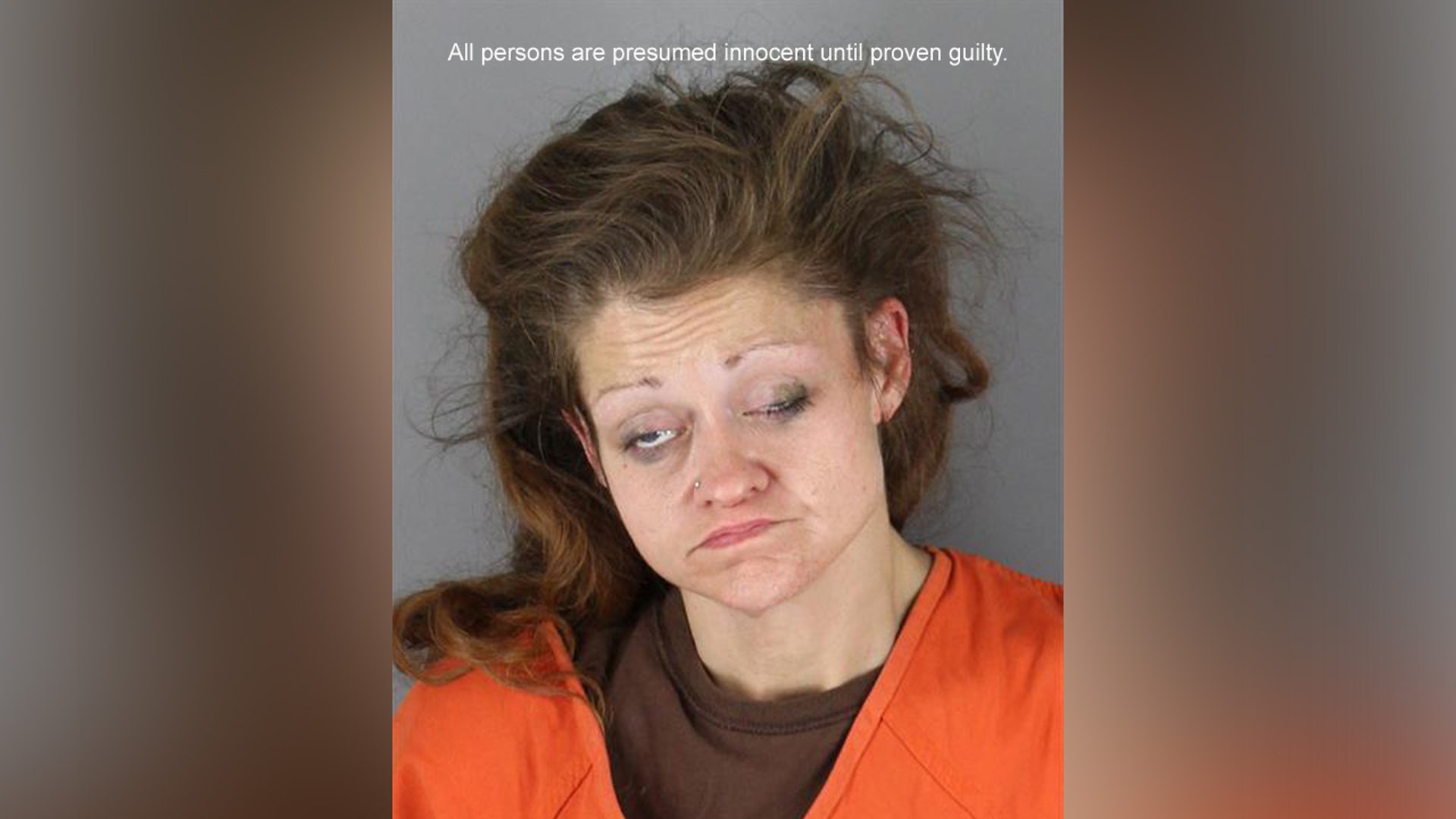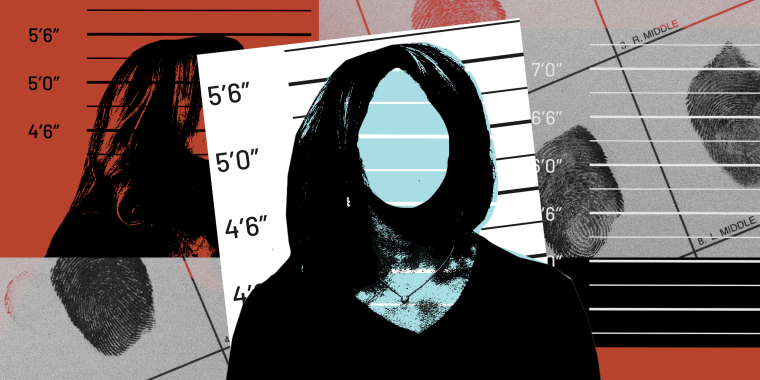From Scheduling to Mugshot: Recognizing the Intricate Refine of Criminal Photography
Criminal photography, an essential component of the criminal justice system, plays a crucial role in documenting the journey of an individual from the minute of their arrest to the finality of their mugshot. Past the technical elements, the realm of criminal digital photography likewise encompasses honest and lawful considerations that include an added layer of complexity.
Apprehension and Initial Processing
Upon uneasiness of a suspect, the apprehension and first processing phase of the criminal photography process begins. This critical stage is the primary step in documenting the physical appearance of the specific associated with the alleged criminal activity. The objective of this stage is to catch an accurate aesthetic record of the suspect's identification at the time of arrest, ensuring that the person can be easily recognized if needed for legal process or more investigations.
Throughout the arrest and first handling phase, police officials normally comply with a standardized treatment. The suspect is given a designated location where their personal valuables are collected, and they undergo a comprehensive search. As soon as this is completed, the suspect is photographed from numerous angles, consisting of profile and full-face shots. These photographs act as an official document of the suspect's physical appearance, capturing details such as facial attributes, tattoos, marks, and other identifying marks. In some instances, added photos may be taken to document injuries received during the arrest or to catch any kind of evidence pertaining to the claimed criminal offense - Mugshots Orlando.
The photographs acquired throughout the arrest and preliminary processing stage are critical items of proof and play a substantial role in the criminal justice system. They work as a visual recommendation for detectives, prosecutors, and various other lawyers included in the situation. In addition, these pictures might be shared with other police or made readily available to the general public to assist in the recognition and concern of the suspect. By meticulously documenting the suspect's look at the time of apprehension, the arrest and initial handling stage of the criminal digital photography procedure aims to promote a fair and precise criminal justice system.
Mugshot Setup and Prep Work
The mugshot arrangement and preparation phase involves the cautious plan and prep work of the suspect for the main photo documents of their physical appearance. This critical action guarantees that the resulting image accurately represents the person's face features and general appearance at the time of their apprehension.
Throughout the mugshot arrangement and prep work, police policemans comply with a standard treatment to make certain uniformity and accuracy across all photographs. The suspect is commonly positioned in front of a plain background, such as a solid-colored wall, to eliminate any type of distractions and focus exclusively on their face. This helps to make certain that the facial features are plainly visible and conveniently identifiable.
The suspect's height is gauged, and they are advised to eliminate any kind of hats, accessories, or things that could obstruct the sight of their face - Mugshots Orlando. They are after that asked to encounter the camera directly, with their head held upright and their eyes looking straight at the lens. To capture a precise depiction, the suspect is instructed to maintain a neutral expression, avoiding any kind of exaggerated facial expressions or gestures
Mugshot configuration and prep work is an essential action in the criminal digital photography procedure as it aids to develop a exact and regular record of the suspect's appearance at the time of their apprehension. This photographic documentation serves as a crucial device for recognition, investigation, and legal procedures.
Recording the Mugshot
Just how is the mugshot caught in a expert and exact way throughout the criminal photography procedure? Recording a mugshot is an essential action in the criminal photography procedure as it acts as a visual record of the suspect's look at the time of apprehension. To make sure professionalism and reliability and precision, a number of crucial elements enter into play.
To start with, correct illumination is important to capture a exact and clear image. Making use of a combination of artificial and natural lights, digital photographers intend to get rid of shadows and make sure that face features are distinct.

In addition, a neutral history is used to lessen diversions and keep the emphasis solely on the subject's face. This can be attained by utilizing a simple background or a specialized mugshot background, usually in a light or neutral color.

Quality Assurance and Documentation
During the criminal photography process, maintaining quality assurance and thorough paperwork is critical to guarantee the precision and dependability of the caught mugshot. Quality control actions are carried out to reduce mistakes and incongruities in the photos, while documentation offers as a document of the whole process.
To ensure the high quality of the captured mugshot, law enforcement companies use numerous techniques. Quality control also entails evaluating and verifying the captured images for any kind of artefacts or distortions that may impact the accuracy of the mugshot.
Detailed paperwork is similarly important in the criminal photography process. It involves videotaping in-depth info regarding the topic, including their personal details, such as name, date of birth, and physical characteristics. In addition, the paperwork must include the date and time of the picture, the name of the photographing policeman, click for source and any kind of relevant circumstances bordering the arrest. This documentation works as a reliable record that can be made use of for future referral, examinations, and legal proceedings.
Ethical and legal Factors to consider
Moral and lawful considerations play a vital duty in the criminal photography process. Police need to stick to stringent guidelines to ensure that the civil liberties of individuals are shielded which the evidence collected is permissible in court.
One of the key legal considerations in criminal photography is getting appropriate authorization. Law enforcement officers must get the approval of individuals prior to taking their photographs. This is particularly important when it comes to mugshots, as people learn this here now have a right to privacy and might reject to have their image taken. Furthermore, police officers need to guarantee that they are following the suitable legal treatments when carrying out seizures and searches, as any kind of proof obtained unlawfully may be inadmissible in court.

Furthermore, appropriate handling and storage space of photographs is vital to preserve the stability of the criminal justice system. Police must have strict procedures in position to avoid unauthorized gain access to, tampering, or misuse of photos.
Verdict
In conclusion, criminal photography is a complex and complex process that starts with the arrest and first handling of the person. In general, understanding the intricacies of criminal digital photography is vital for law enforcement agencies to precisely document and determine people involved in criminal activities.
Crook photography, an essential component of the criminal justice system, plays a critical role in documenting the trip of a private from the minute of their apprehension to the finality of their mugshot. By meticulously documenting the suspect's appearance at the time of arrest, the apprehension and first processing stage of the criminal photography procedure intends to assist in a precise and fair criminal justice system.
Just how is the mugshot caught in a precise and specialist way during the criminal photography process? Capturing a mugshot is an essential action in the criminal photography process as it offers as an aesthetic document of the suspect's look at the time of apprehension. In general, comprehending the intricacies of criminal digital photography is vital for law enforcement companies to precisely record and identify people included in criminal tasks.